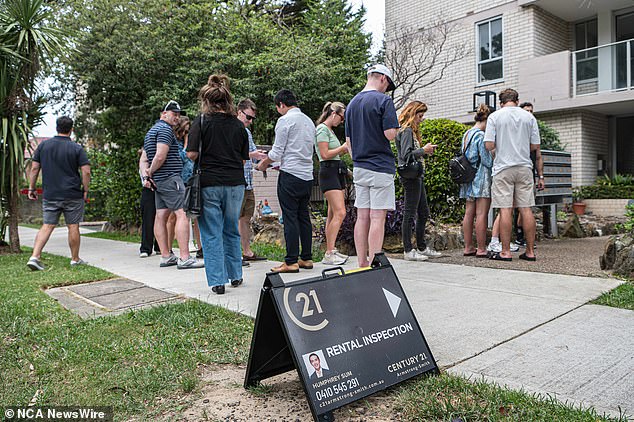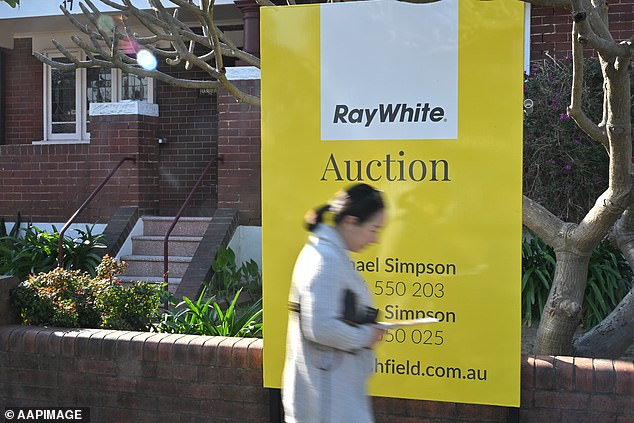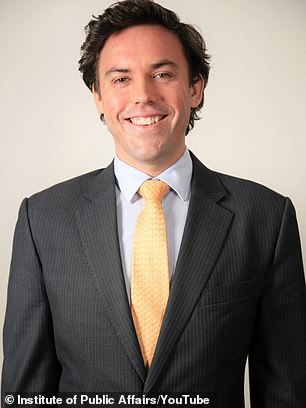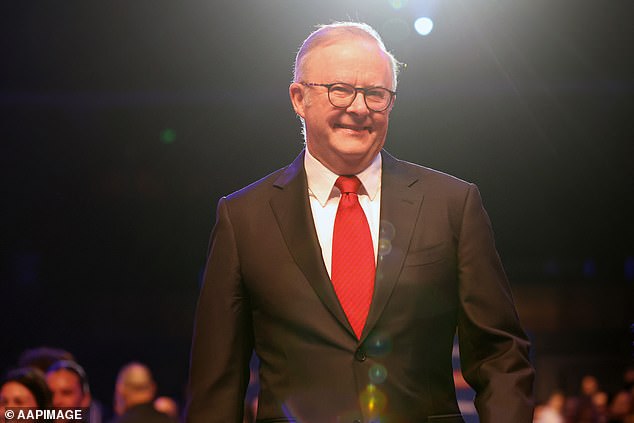Anthony Albanese’s plan to build 1.2 million homes in five years looks even more shaky, with building approval figures now 30 per cent lower than needed.
Under Labour’s plan to solve the housing crisis, 20,000 new homes would need to be built per month until June 2029.
But in August, 13,991 new homes were approved, mainly by councils, a huge 6.1 per cent drop in just one month, new figures from the Australian Bureau of Statistics showed.
The apartment sector suffered an even bigger drop of 16.5 per cent in just one month, with the Prime Minister and Labor state premiers seeing high-density living as the key to boosting housing supply.
Institute of Public Affairs deputy chief executive Daniel Wild said high immigration was creating social problems as construction activity failed to keep pace with rapid population growth.
“The federal government has yet to meet a single National Housing Agreement target, but Australia’s runaway migration influx remains at record levels,” he said.
“It’s a recipe for social and economic disaster.”
Last month, Albanese defended his government’s plans to boost social housing, and his government also promised to reduce immigration during this financial year.
“I grew up in social housing, I know how important it is to have a roof over your head and the opportunities it creates,” he said.
The Prime Minister set an ambitious National Housing Deal target in August 2023: 1.2 million homes would be built over five years from July 2024.
But high levels of immigration in 2022 and 2023 meant unaffordable markets like Sydney continued to record double-digit annual growth in property prices even as the Reserve Bank raised interest rates 13 times.
Anthony Albanese’s plan to build 1.2 million homes in five years looks even more shaky, with building approval figures 30 per cent lower than needed.
Interstate migration, rather than overseas migration, is now the biggest driver of property values, and Brisbane has become Australia’s second most expensive property market after Sydney, ahead of Melbourne and Canberra.
But if fewer migrants came to Australia, this could also have effects on interstate migration, which has seen younger families flee Sydney in search of affordable housing.
AMP chief economist Shane Oliver said high immigration was the main cause of Australia’s housing affordability crisis.
“Chronic housing shortages trumped high interest rates last year as immigration levels increased and this remains the main driver of rising house prices,” he said.
Immigration levels remained high in early 2024, with 509,800 foreigners, in net terms, arriving in the year to March, but by July, the annual inflow had moderated to 432,150.
The Treasury expects that figure to fall to 260,000 in 2024-25, based on permanent and long-term arrivals and departures.
“The Government’s forecasts for a sharp fall in immigration and therefore population growth point to some relaxation in underlying housing demand over the next year,” Dr Oliver said.
CoreLogic research director Tim Lawless said a slowdown in immigration was necessary to ease the rental crisis, even if it meant more people living in shared houses.
“The slowdown in rental growth is likely to be a factor facilitating net overseas migration alongside pressures on rental affordability forcing a restructuring of demand,” he said.
“Rental growth appears to have peaked as supply and demand rebalance.
“On the demand side, the slowdown in net overseas migration and a gradual trend towards larger households should help alleviate demand-side pressure.”

Under Labour’s plan to solve the housing crisis, 20,000 homes would need to be built a month (pictured, a Bondi rental queue in Sydney)
New South Wales
House prices in Sydney, Australia’s most expensive property market and the city home to the largest number of immigrants, rose just 0.1 per cent in September.
This brought the median home price to $1.474 billion, still very unaffordable, but the 4.9 percent annual increase was still less than half the 10.7 percent level in March, data from CoreLogic released on Tuesday.
queensland
South-east Queensland remains a tough place for renters and a hot property market, as a magnet for interstate migrants.
House prices in Brisbane grew 13.5 per cent over the year to $973,534, allowing it to overtake Melbourne and Canberra to become Australia’s second most expensive property market.
The most affordable suburbs are seeing the biggest price increases: Home values in Logan’s Springwood-Kingston area rose 23.7 percent over the year to $732,044.
But Townsville, in northern Queensland, was one of Australia’s best-performing regional markets, with prices rising 25.8 per cent over the year to $512,452.
It fared even better than the Gold Coast, where house prices in Southport rose 16.5 per cent to $932,434.

House prices in Sydney, Australia’s most expensive property market and the city home to the largest number of immigrants, rose just 0.1 per cent in September.
Victory
Melbourne, the city receiving the second largest number of immigrants, actually saw its house prices fall 1.3 per cent over the year to $925,762.
Investor interest has waned in Victoria since the state government imposed a $975 land tax this year.

Institute of Public Affairs deputy chief executive Daniel Wild said high immigration was creating social problems as construction activity failed to keep pace with rapid population growth.
But the mainland’s other state capitals are still experiencing double-digit annual growth.
Western Australia
Perth remained Australia’s best-performing big city housing market, with the median house price rising 24 per cent over the year to $830,965.
The monthly growth pace of 1.6 per cent was 16 times stronger than Sydney’s 0.1 per cent increase and double Brisbane’s 0.8 per cent rise in September.
The Swan area, in Perth’s north-east and encompassing suburbs from Beechboro to Bullsbrook, had the biggest annual growth of 30.5 per cent, taking median house prices to $740,953.
South Australia
Adelaide was another strong capital market, with house prices rising 14.4 per cent over the year to $856,856, even though South Australia’s population growth rate of 1.5 per cent is far behind. below the national average of 2.3 percent.
Tasmania
House prices in Hobart have fallen 1.6 per cent over the year to $692,504, and Tasmania also has a slow rate of population growth of 0.4 per cent.
Australian Capital Territory
House prices in Canberra rose just 1.7 per cent to $966,684, with the national capital now in third place behind Sydney and Brisbane, but ahead of Melbourne.
Northern Territory
Darwin, Australia’s most affordable capital market, saw its median house price rise 3.4 per cent over the year to $592,507.
The Northern Territory capital is the only capital market where an average full-time worker earning $100,000 can buy a typical home with a 20 per cent mortgage deposit and not be in mortgage stress.
Housing offer
The gap between housing supply and demand will only narrow if immigration levels fall, with construction companies being the most likely to collapse.
In the year to August, 161,233 new homes were approved, mainly by local councils.
With 2.5 people, on average, living in Australian households, that would mean there would still be a shortfall of 16,567 even once these homes and units were built, compared to the most recent annual immigration increase.
Federal Housing Minister Clare O’Neil announced last month that 13,700 new social and affordable homes would be built under the first round of the Australian Housing Future Fund and National Housing Deal programs.
But Queensland, where housing affordability is worsening, is getting 1,315 new public housing units, compared to 4,135 in Victoria, where house prices are falling.


